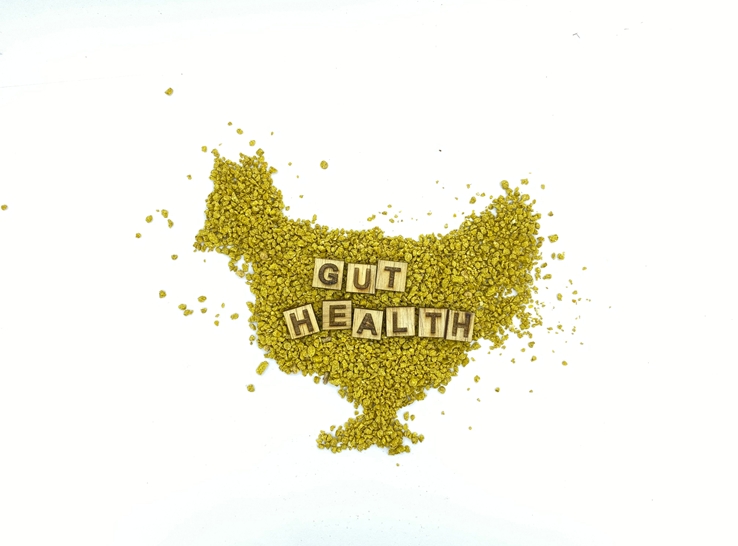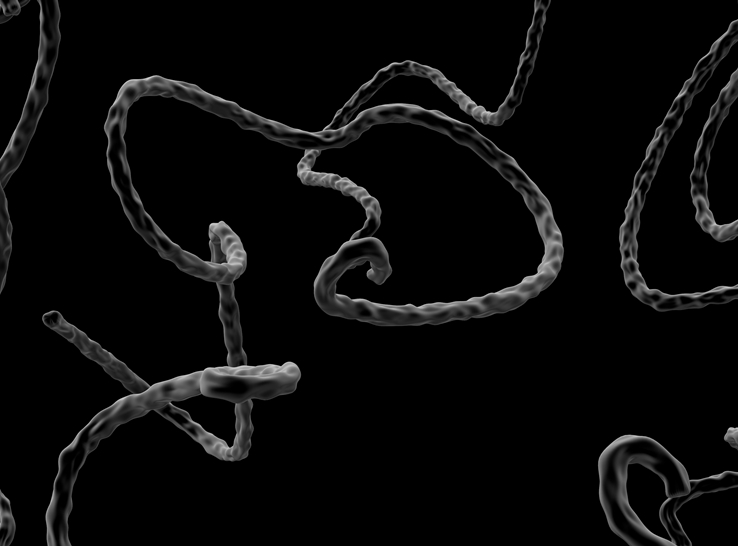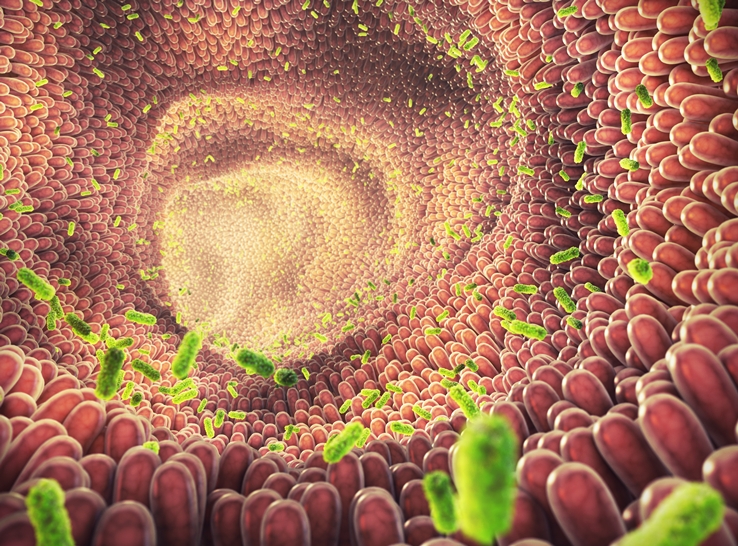Gut microbial integrity is affected when poultry experience stress, pathogen exposure or are treated with antibiotics, ultimately impacting levels of important substances such as butyric acid, an energy source for cells in the gut lining.
How this compound is replaced can have crucial effects on animal performance and return on investment, according to an industry spokesperson.
Replacing butyric acid with supplements has numerous potential applications in poultry. Additionally, research has demonstrated a link between feed additives and gut microbiota modulation, improved gut integrity, anti-inflammatory properties and improved digestion.1
Butyric acid versus alternatives
Butyric acid supplements can be formulated as salts, coated products or tributyrin. In an international webinar, Lukas Bauer, global strategic marketing manager, specialty nutrition at Evonik, made a case for tributyrin as the premium delivery method for the best impact in livestock.
Tributyrin consists of three butyric acid molecules attached to a glycerol molecule, Bauer explained. Testing using the company’s gut simulation model demonstrated that the formulation is stable in the upper gastrointestinal tract, allowing effective delivery to the duodenum, where it is broken down. Notably, tributyrin’s molecular structure neutralizes butyric acid’s smell, which is considered unpleasant.
Butyric acid salts, on the other hand, tend to mostly “disappear” in the upper gastrointestinal tract, he noted. Coated products can either be not coated well enough, resulting in a similar effect, or coated too heavily, preventing enough butyric acid from being released; this is particularly problematic for young animals.
Studies point to productivity gains
In-house testing of the company’s own tributyrin product, SpeoCare® T60, has shown that the effects of the formulation are promising, Bauer continued. Findings suggested the possibility of improving various production parameters, including weight gain, feed conversion, hatchability and fertility in breeders, better eggshell quality in layers and reductions in Salmonella load.
The company has also conducted an international series of experiments exploring the impact of the product in various contexts and with different livestock.
A study in India investigated feeding 4,400 broilers under heat and humidity stress with different inclusion rates of SpeoCare T60, comparing their performance to that of birds fed a negative-control diet and a positive-control diet that included antimicrobial growth promoters.
The scientists involved in the work found that the different levels of the product significantly improved the final bodyweight of the birds, with a diet using 500 grams per ton in starter and grower phases and 250 grams per ton in finisher phases performing best overall. They also recorded significant improvement in villus height in the duodenum and shallower crypt depths — indicators of gut integrity.
A 35-day study in Brazil used a different approach, with broilers being subjected to a dextran sodium sulphate challenge, which causes intestinal inflammation. The scientists split 1,200 birds into five groups:
- Diet with 0.1% SpeoCare T60
- Diet with 0.05% SpeoCare T60
- Diet with a rival tributyrin product
- Unchallenged control
- Challenged control
These data suggested that the product could improve weight gain. The researchers recorded significantly higher weights when using 0.1% of the additive on day 8 and 0.05% on days 21 and 26. They observed numerical improvements for both groups fed the product at the end of the study.
Two additional studies tested the product in piglets, with and without an accompanying probiotic, at a site in Vietnam, and in Denmark with sows.
Overall, the studies underlined the potential to bring improvements in several key parameters. Although some of the observations fell outside statistical significance, the overall result is that farmers can expect to see improved returns on investment, Bauer said. He also sought to differentiate the Evonik product from others in the market, pointing to a guaranteed minimum of 60% tributyrin, strong stability and flowability.
Potential role in reduced-protein diets
Research from Australia, shared by Jojo Mengzhu Wang, PhD candidate, University of Sydney, shed light on another area where the product might have a use. Her work explored its application in reduced crude-protein broiler diets, where part of the soybean content of birds’ diets is replaced with grain. This can be done for several reasons, including reducing soybean dependence, harmful wastes and water consumption, as well as promoting drier litter and potentially reducing disease risks.
In her study using 200 broilers, she fed the birds either high or low crude-protein grain, with or without tributyrin, as part of identically structured reduced crude-protein diets.
She found that, while compromised growth is a typical effect of feeding birds high-protein wheat as part of an overall reduced-protein diet, tributyrin supplementation could maintain growth performance. This was true in both the grower and finisher stages, as well as when viewed across both stages. Overall, she saw a 26% improvement in weight gain, 12% increase in feed intake and an 11% improvement in feed-conversion rate when birds on the diet also consumed tributyrin.
She also saw improved nutrient retention when using the supplement, telling the webinar audience that “tributyrin may provide an energy source for enterocytes in the small intestine, thereby sparing amino acids for protein synthesis.
“More upcoming results on digestibility will tell us the story about tributyrin’s impact on gut health in a local protein diet,” she added.
1 El-Saadony MT, Umar M, Hassan F, Alagawany M, Arif M, Taha AE, Elnesr SS, El-Tarabily KA, Abd El-Hack ME. Applications of…osteoporosis. Anim Health Res Rev. 2022;23(2):136-46.







